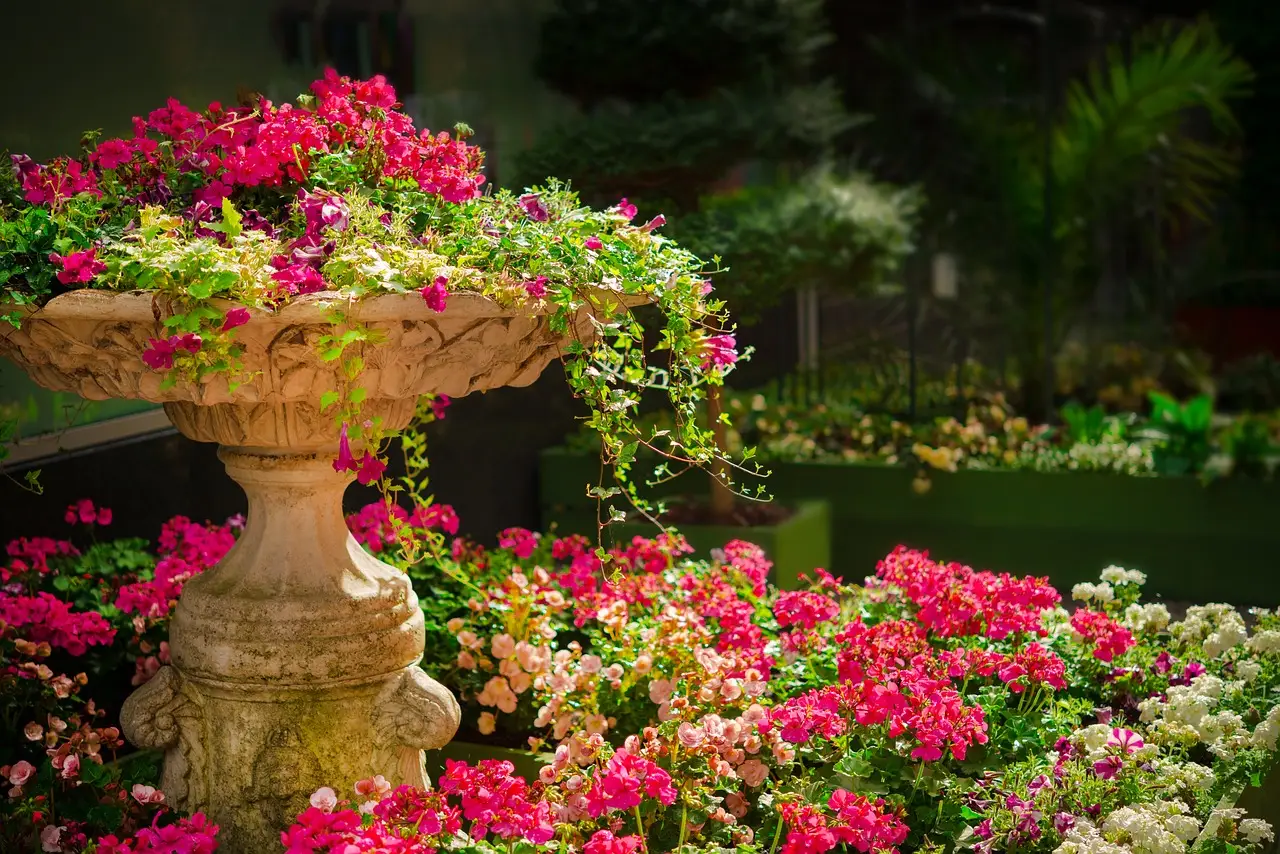If you’ve ever dreamed of growing your own fresh produce, cultivating beautiful flowers, or simply connecting with nature right in your own backyard, starting a home garden is the perfect way to do it. Gardening not only brings beauty to your outdoor space but also offers numerous physical and mental health benefits. In this ultimate guide, we’ll walk you through the steps to get started on your home gardening journey.
1. Choose the Right Location:
Before you start digging, carefully select the location for your garden. Most plants require at least 6-8 hours of sunlight a day, so pick a spot with adequate sun exposure. Consider factors like soil quality, drainage, and proximity to water sources.
2. Plan Your Garden:
Think about what you want to grow and how you want your garden to look. Are you interested in vegetables, herbs, flowers, or a mix of everything? Sketch out a rough garden plan to help you visualize where each plant will go.
3. Prepare the Soil:
Healthy soil is the foundation of a thriving garden. Test your soil to determine its pH level and nutrient content. Based on the results, amend your soil with compost, organic matter, or fertilizers to create an ideal growing environment for your chosen plants.
4. Choose Your Plants:
Select plants that are well-suited to your climate and garden conditions. Beginners may find it easier to start with low-maintenance plants like tomatoes, basil, marigolds, or zinnias. You can always expand your garden as you gain experience.
5. Planting:
Follow planting guidelines specific to each plant. Pay attention to spacing, depth, and proper care. Water your plants immediately after planting to help them settle into their new home.
6. Watering:
Establish a regular watering schedule. Most plants prefer deep, infrequent watering rather than shallow, frequent watering. Consider using soaker hoses or drip irrigation to conserve water and keep soil consistently moist.
7. Mulching:
Mulch around your plants to help retain moisture, suppress weeds, and regulate soil temperature. Organic mulches like straw or wood chips are excellent choices.
8. Pest and Disease Management:
Keep an eye out for common garden pests and diseases. Early detection is key. Research natural or organic methods for pest control to minimize the use of chemicals.
9. Maintenance:
Regular maintenance is essential. Prune, deadhead, and remove weeds as needed. Fertilize as recommended for your specific plants, and provide support for taller or vining plants.
10. Enjoy the Harvest:
As your garden flourishes, enjoy the fruits (or vegetables) of your labor. Harvest your produce at its peak ripeness for the best flavor and nutritional value.
11. Keep Learning:
Gardening is a continuous learning experience. Stay curious and open to new techniques and ideas. Join gardening forums, read books, or take local gardening classes to expand your knowledge.
12. Sustainability:
Consider eco-friendly gardening practices, such as composting, using organic fertilizers, and conserving water. Sustainable gardening not only benefits your garden but also the environment.
13. Share the Joy:
Share your gardening journey with friends and family. Gardening can be a fulfilling and relaxing hobby to enjoy with loved ones.
Conclusion:
Starting a home garden is a rewarding endeavor that brings beauty, fresh produce, and a sense of accomplishment to your life. Whether you have a sprawling backyard or just a small balcony, there’s always a way to nurture nature and cultivate your green thumb. Follow these steps, stay patient, and watch your garden bloom into a beautiful oasis of life and tranquility.
So, roll up your sleeves, put on your gardening gloves, and get ready to experience the joys of home gardening. Happy gardening!
Starting a home garden can be a wonderful and fulfilling hobby. If you have any specific questions or need more information on any aspect of gardening, feel free to ask!





